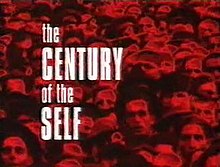Published online 21 July 2010 | Nature 466, 432-434 (2010)
Ecology: A world without mosquitoes
Eradicating any organism would have serious consequences for ecosystems — wouldn't it? Not when it comes to mosquitoes, finds Janet Fang.
(download pdf version)
Every day, Jittawadee Murphy unlocks a hot, padlocked room at the Walter Reed Army Institute of Research in Silver Spring, Maryland, to a swarm of malaria-carrying mosquitoes (Anopheles stephensi). She gives millions of larvae a diet of ground-up fish food, and offers the gravid females blood to suck from the bellies of unconscious mice — they drain 24 of the rodents a month. Murphy has been studying mosquitoes for 20 years, working on ways to limit the spread of the parasites they carry. Still, she says, she would rather they were wiped off the Earth.
That sentiment is widely shared. Malaria infects some 247 million people worldwide each year, and kills nearly one million. Mosquitoes cause a huge further medical and financial burden by spreading yellow fever, dengue fever, Japanese encephalitis, Rift Valley fever, Chikungunya virus and West Nile virus. Then there's the pest factor: they form swarms thick enough to asphyxiate caribou in Alaska and now, as their numbers reach a seasonal peak, their proboscises are plunged into human flesh across the Northern Hemisphere.
So what would happen if there were none? Would anyone or anything miss them? Nature put this question to scientists who explore aspects of mosquito biology and ecology, and unearthed some surprising answers.
Continue reading “Nature Tries to Imagine a World Without Mosquitoes/Malaria”






